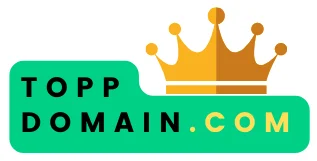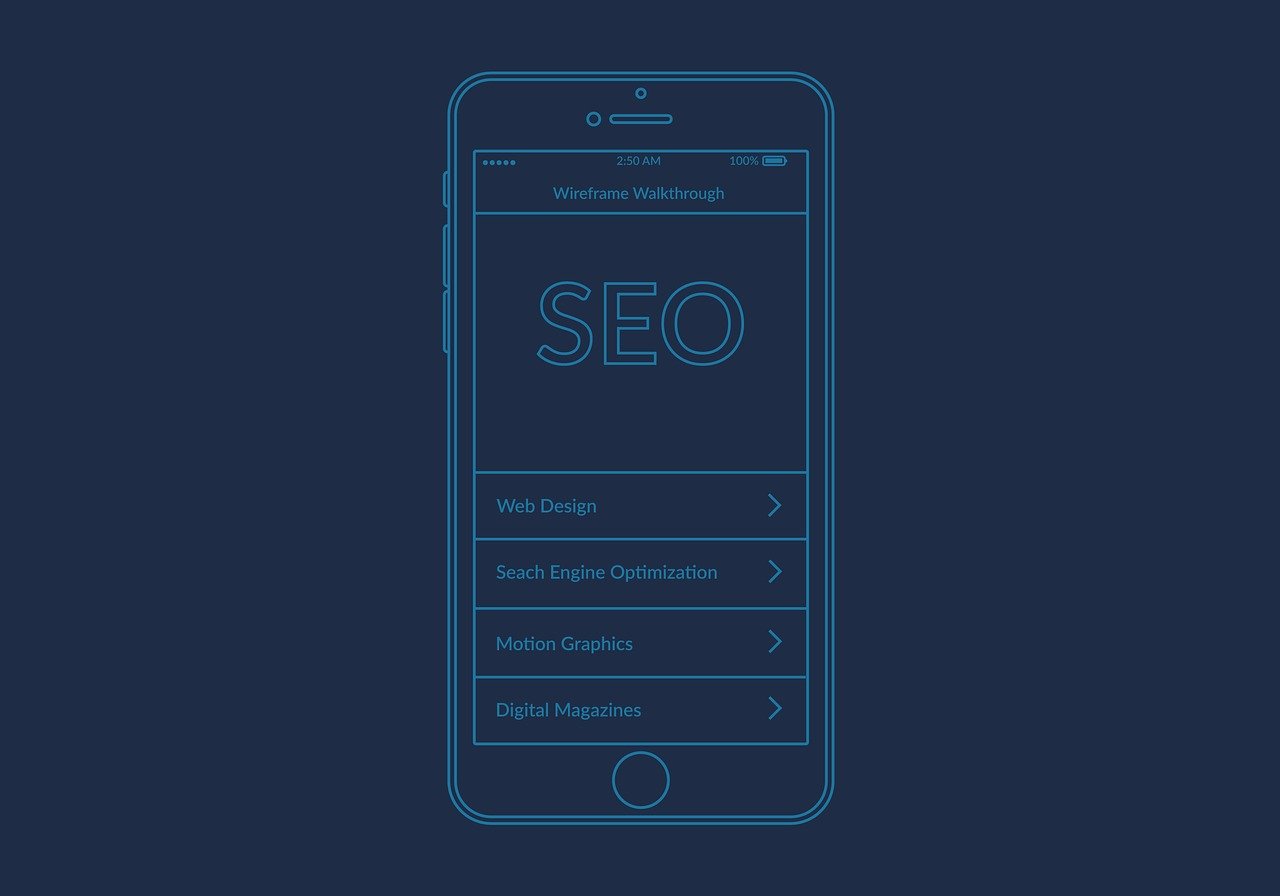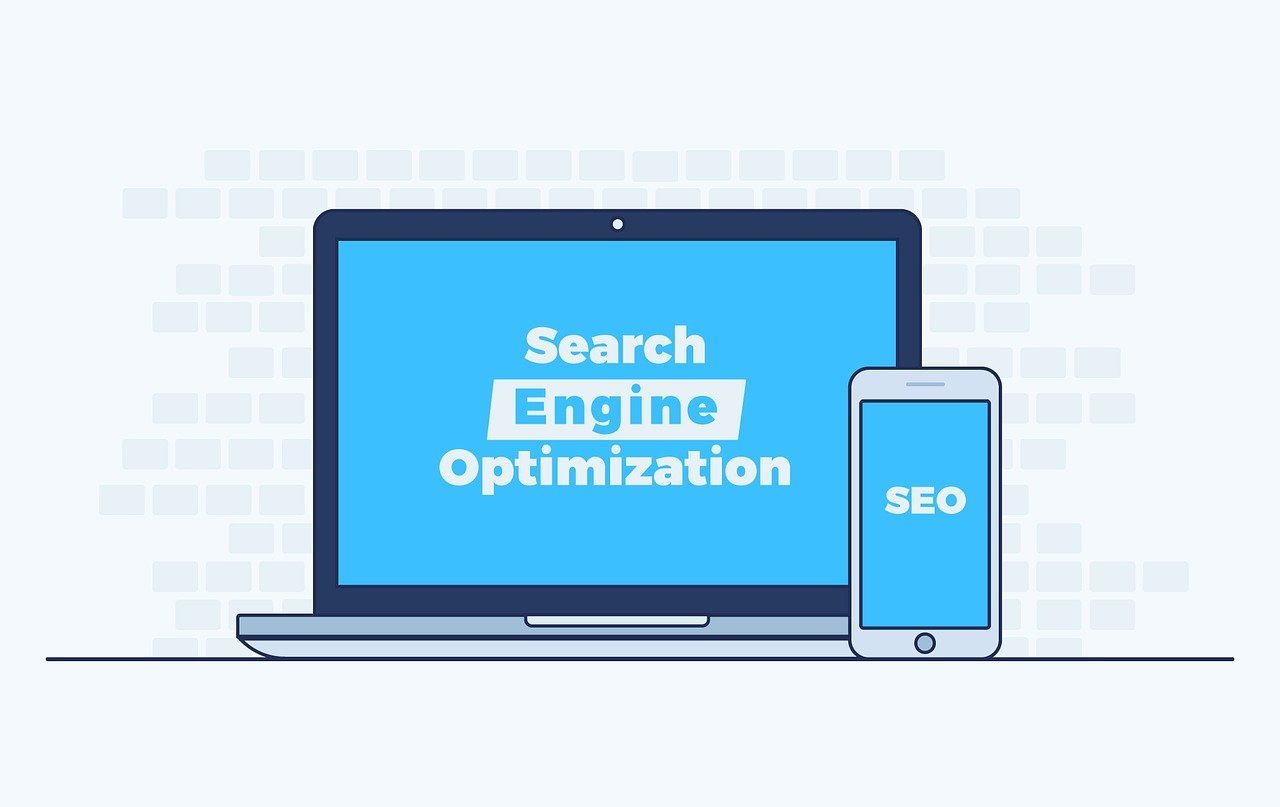As our society becomes increasingly digital, it is increasingly important for companies to be visible online.
There are a variety of ways to do this from display advertising, sponsored posts, social media advertising, and more.
But one method that is central to online marketing is search engine optimization, SEO for short.
In fact, an overwhelming majority of all customers start doing research in search engines. They might be looking for a cleaner or new football boots, and the likelihood is that this is done in a search engine.
For this reason, you as a company naturally want to appear high in the search results so that customers find their site. It is the work of optimizing one’s website based on the search engines’ algorithms that is SEO.
Due to the effectiveness that SEO has as a marketing method, a large part of all companies work with this very thing. But even if SEO is effective when it works, it is not entirely easy. Succeeding with SEO requires both knowledge and constant work.
SEO is also constantly changing as search engines update their algorithms, which makes it important to stay constantly updated.
If you’re someone who wants to improve your SEO but isn’t sure where to start, you’ve come to the right place. In this article, we will take a closer look at 5 practical tips to optimize your website and thus improve its performance in the search results.
Understanding of Keyword Analysis
The first step is to start with keyword analysis. This lays the foundation for your SEO work and gives you something to start from.
Keyword analysis is about identifying the search terms and phrases that potential visitors use when looking for information, products or services related to your business and website. The goal is of course to rank high for these search terms and to do that you of course need to know what they are.
Start by evaluating which keywords are most relevant to your business and target group. One tip is to avoid too specific keywords at first as the competition is incredibly fierce. Instead, focus on those that have a balance between search volume and competition. For example, if you sell football boots, you might not want to start with the term “football boots”. Instead, you might choose to focus on “Football Boots for Wide Feet” which is much more specific and thus has less competition. Otherwise you will have to compete with giants such as Nike, Stadium, etc. who have significantly more resources than you to dominate the search results.
A tip is to use keyword tools such as Google Keyword Planner, SEMrush, or Ahrefs to identify relevant keywords. These tools make it possible to analyze things such as search volume, competition, and potential traffic for each keyword so that you can better determine if these keywords are suitable for you.
Once you have a list of the best and most appropriate keywords to focus on, the next step is to include them on your website. Be sure to include the keywords in your website’s meta tags, page headings, and content. You naturally want to create specific pages and articles that each focus on a specific keyword. You should also make sure to create user-friendly and meaningful URL structures that contain important keywords.
Optimization of Page Structure and Navigation
Another important step for SEO is the optimization of page structure and navigation. As you probably know, search engines place enormous importance on user experience. Technically, search engines “recommend” different pages when a person searches for a specific keyword. If the user then clicks on one of the search results and ends up on a website with lousy page structure and navigation, the user will be frustrated. This has a negative impact on the search engine because they were the ones who gave a bad recommendation.
That being said, user experience is incredibly important to SEO and page structure and navigation are two important components of this.
A well-organized and easy-to-understand page structure is important both for the user experience and the indexing of your website by search engines. It makes it easy for users to find the desired information smoothly and also helps search engines to understand the hierarchy and relevance of your website.
That said, start by dividing your site into clear categories and subcategories to create an easy-to-follow hierarchy. You should also avoid unnecessary pages or too many subcategories that can make navigation difficult.
When it comes to URLs, they should be short, easy to read, and descriptive of what each specific page is about. Always include important keywords in the URLs to increase their relevance.
Another component that is important to have on your website is a navigation menu. Make sure you have a neat and intuitive and easy-to-understand navigation menu that includes all the important sections of your website. Also use clear and descriptive link texts for each menu tab.
Last but not least, we must not forget the importance of mobile-friendly your website. Keep in mind that the majority of all search engine users use mobile phones. This means that your website must be responsive and adapted to different devices, especially mobile devices. Test the navigation on different screen sizes to ensure a consistent and user-friendly experience.
An optimized page structure makes navigating your site easier for users while giving search engines an easy path to understand your content. Search engines tend to like websites that have a logical structure and thus reward them with better indexing and ranking.
Optimization of the Content
The next SEO tip is to optimize the content.
Of course, the content of your website forms the basis of your digital presence. After all, it is for the content on your page that users come to your website. That being said, the quality of your content is incredibly important and something that search engines place a lot of importance on.
First and foremost, you need to focus on creating high-quality, unique, and optimized content that is relevant to your target audience. Also, be sure to strategically yet relevantly incorporate keywords that are relevant to your target audience (the keywords you identified in your keyword analysis). A starting point is that each page should primarily focus on one keyword, but you should also include other, complementary keywords from time to time in this page to increase relevance.
When creating content, it’s important to avoid duplicate content and focus on unique perspectives to make your site stand out. Search engines reward pages with high quality and unique content and may penalize those pages with duplicate content with lower rankings.
When creating your content, you should use hierarchical HTML headings (H1 to H6) to structure your content and emphasize important headings. You should also break the text into easy-to-read paragraphs and include bulleted lists to improve readability. If users come to your site and are met with a page that is filled with text, there is a high chance that they will get overwhelmed and leave the page. Therefore, you want to create content that looks attractive and increases the time they spend on your page.
To make the pages more attractive, you should include high-quality, relevant, and unique images. Make sure to always add alt texts to images so that search engines can better understand the images.
Creating content is the first step but it is also important to regularly update your content. Make it a habit to regularly update your website with new and current content to show that the website is alive and active. This shows search engines that the content on your page is actively updated and still relevant.
Last but not least, use different forms of content beyond text such as images, videos and other forms of media to increase engagement and increase the time users spend on your page.
Responsive Design and Fast Loading Times
In recent years, search engines have placed even greater emphasis on responsive design and fast loading speeds. This is a development that has primarily been driven by the increased use of smartphones.
Google and other search engines reward websites that load quickly and penalize slow websites.
We discussed the importance of user experience earlier and of course, loading speed is an important part of this. Search engines like pages that offer a smooth experience on all devices and reward them by improving their rankings.
Here are some key aspects to consider to optimize your website through responsive design and fast loading times:
The importance of mobile optimization for SEO:
Make sure your website is responsive and automatically adapts to different screen sizes, especially mobile devices. Google uses mobile-friendliness as an important factor in ranking websites, so make sure your design is mobile-friendly.
Optimizing website speed and performance:
- Use tools like Google PageSpeed Insights to evaluate your site’s load times and follow recommendations for improvement provided.
- Compress images and files to minimize page size and speed up load times.
Using compressed images and minimizing HTTP requests:
- Compress images without losing too much quality. This reduces the file size and speeds up the download.
- Reduce the number of HTTP requests by combining and minifying CSS and JavaScript files.
Caching and Content Delivery Network (CDN):
- Be sure to use caching to store copies of your content on the user’s device and reduce load times on repeat visits. This makes your page load much faster when a user visits your site a second time.
- Use a Content Delivery Network (CDN) to distribute the content across multiple servers geographically. This can improve load times for users worldwide.
Use of Meta Tags and Descriptions
Something that is sometimes overlooked are meta tags and descriptions. Despite this, these are quite important for SEO.
Although meta tags and meta descriptions are not direct ranking factors, they do have an impact on your success in search engines.
Meta tags and descriptions can be used to improve the visibility and click-through rate of your website in search results. In the search results, users see meta tags and then meta description below that describes the content of the page. A good meta description that makes it clear that your page is relevant to what they are searching for will make more people choose to click on it. This leads to a higher CTR (click-through rate), which is something search engines look at.
For example, imagine we have three search results at positions 1, 2, and 3. If search engines notice that more people click on result 2 than 1, search engines will realize that users find result 2 more relevant and move it up to position 1.
For this reason, you want to work with both meta tags and meta descriptions to increase the click-through rate and thus the ranking of your website.
Here are some things to consider when optimizing meta tags and descriptions for your website:
- Each page on your website should have a unique meta title and description that clearly describes the content and entices users to click on your page.
- The meta title should be around 50-60 characters to avoid getting cut off in search results.
- Be sure to include important keywords in the meta title and description to improve your site’s relevance to search engines. For example, if you want to rank for “red football boots” it might be good to include this term in the meta description as it increases the chances of someone clicking on your page as it is perceived as relevant to what users are searching for.
- Make sure that the keywords feel natural and that the text is not perceived as over-optimized and unnatural.
- Avoid using the exact same meta title and description for multiple pages to avoid confusing search engines.
That said, although meta tags and meta descriptions are not direct ranking factors, they have an important impact on your ranking indirectly. Well-optimized meta-titles and meta-tags can improve rankings in the search engines through increased click-through rate, in the same way that poorly optimized ones can have the opposite effect.








![76 Tips to Optimize your Website for SEO [Guide]](https://toppdomain.com/wp-content/uploads/2023/12/web-3967926_1280.jpg)